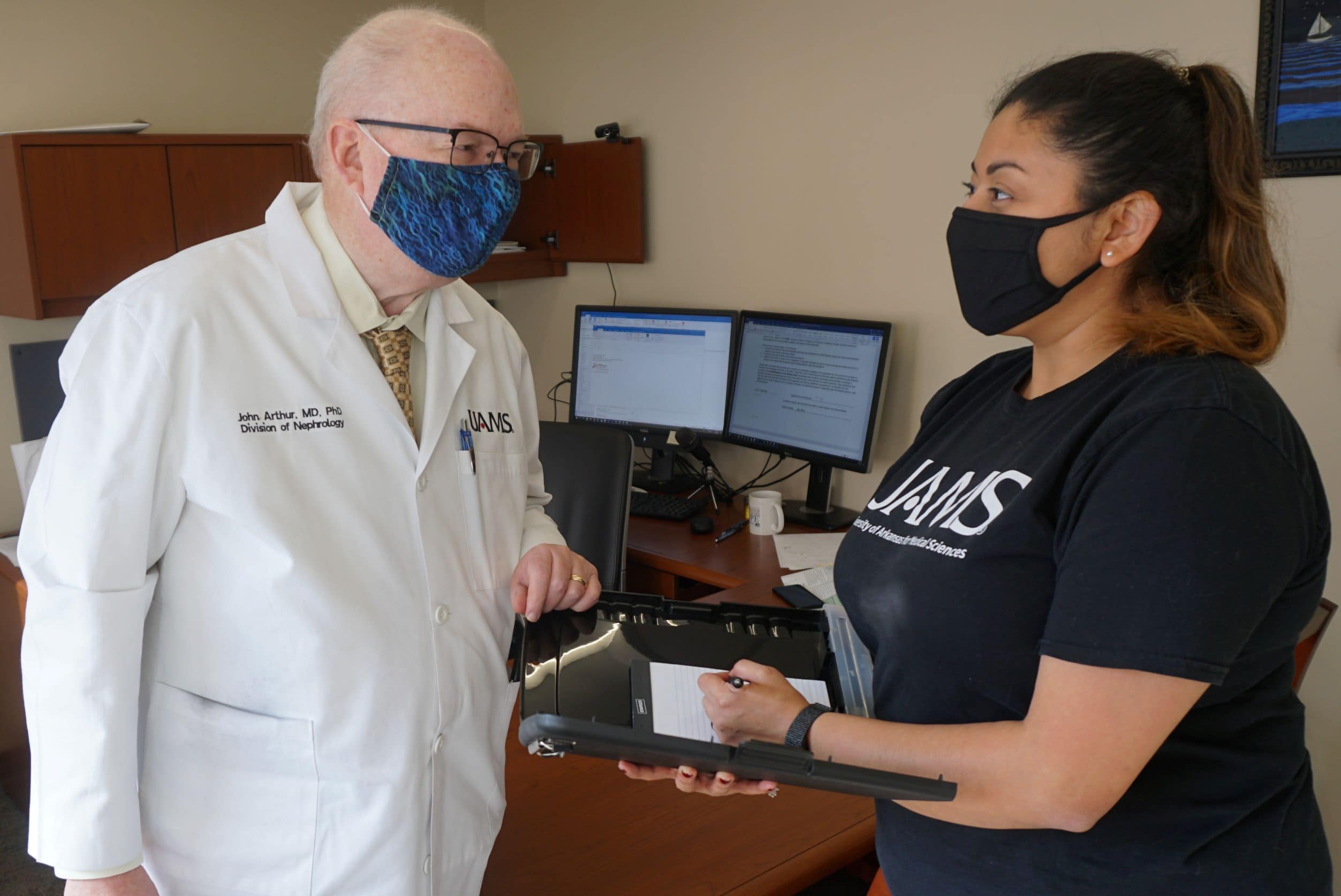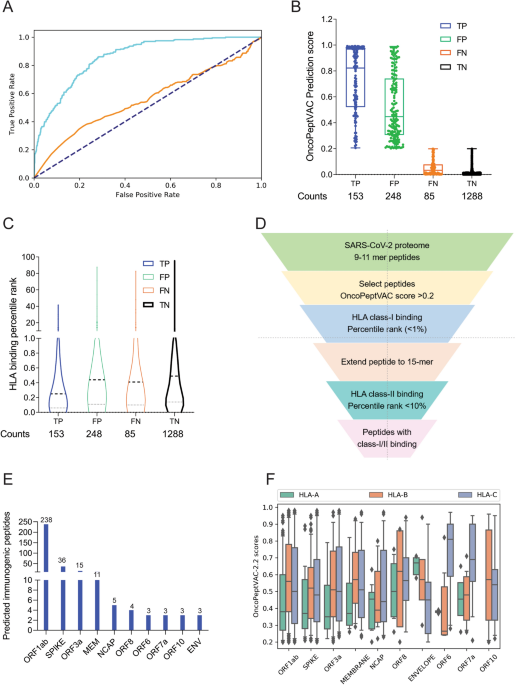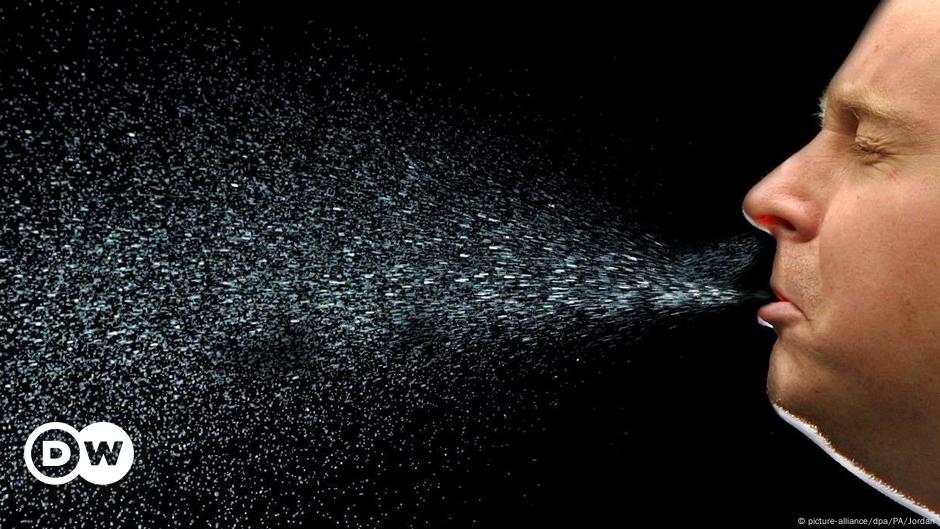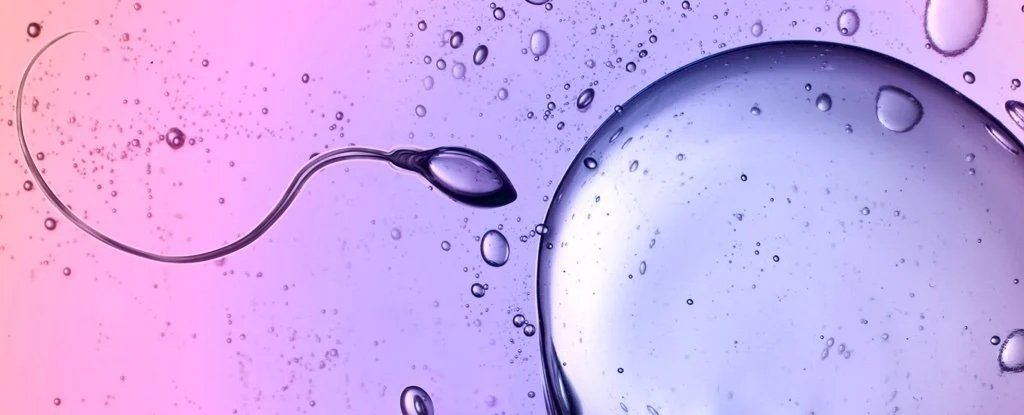
Many People with Long COVID Have Signs of Persistent SARS-CoV-2 Proteins, New Findings Show
In 2021, NIH launched the Researching COVID to Enhance Recovery (RECOVER) Initiative, a nationwide research program, to fully understand, diagnose, and treat Long COVID. We continue to learn more about this condition, in which some people experience a variety of symptoms for weeks, months, or even years after infection with SARS-CoV-2, the virus that causes COVID-19. But we’re still working to understand the underlying reasons why people develop Long COVID, who is most likely to get it, and how best to treat or prevent it.
Studies have shown that for some people, SARS-CoV-2 doesn’t completely clear out after acute infection. Scientists have observed signs that the virus may persist in various parts of the body, and many suspect that this lingering virus, or remnants consisting of SARS-CoV-2 protein, may be causing Long COVID symptoms in some individuals. Now, in a new study supported by RECOVER, scientists found that people with Long COVID were twice as likely to have these viral remnants in their blood as people with no lingering symptoms. The findings, reported in Clinical Microbiology and Infection, add to evidence that Long COVID may sometimes stem from persistent infection or SARS-CoV-2 protein remnants.
The study team, led by David Walt and Zoe Swank at Brigham and Women’s Hospital in Boston, had earlier found preliminary evidence in a small pilot study that a SARS-CoV-2 protein could often be detected in the bloodstreams of people with Long COVID up to a year after the initial infection. In the new study, they wanted to better quantify this in a much larger group of people with Long COVID. The researchers developed a highly sensitive test to look for whole and partial proteins from the SARS-CoV-2 virus. They analyzed 1,569 blood samples collected from 706 people at various times after SARS-CoV-2 infection.



















